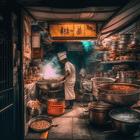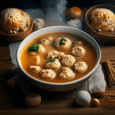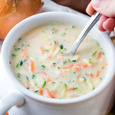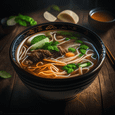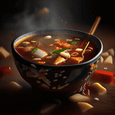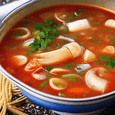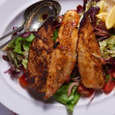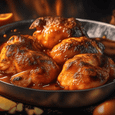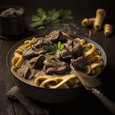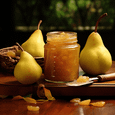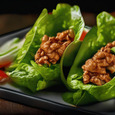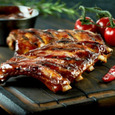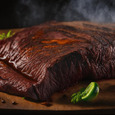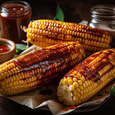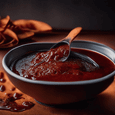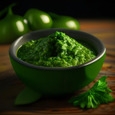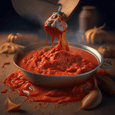Singapore is a food paradise known for its diverse and mouthwatering cuisines. Its food scene is a melting pot of flavors that has evolved over the years. In this article, we'll take a trip down memory lane to discover the rich and flavorful cooking history of Singapore.
The Early Days of Singaporean Cuisine
Before Singapore's modernization, the country's cuisine was heavily influenced by the different ethnic groups that migrated to the island. The Malays, Chinese, and Indians were among the early settlers in Singapore, each bringing their unique culinary traditions.
The Chinese community, in particular, played an important role in shaping Singaporean cuisine. They introduced staples such as rice, noodles, and soy sauce, which are now an essential part of Singaporean cuisine. Some popular dishes with Chinese origins include Hainanese chicken rice, char kway teow, and bak kut teh.
The Influence of Colonialism
Singapore was colonized by the British for over a century, and their influence can be seen in the local cuisine. The British introduced new ingredients and cooking methods to Singapore, including meat pies, fish and chips, and roasted beef. These dishes were mainly consumed by the British expatriates but were eventually adapted and modified to suit the local taste buds.
The Push for Hawker Centers
In the 1970s, the Singapore government started to regulate street vendors and establish hawker centers to provide safe and affordable food for citizens. Hawker centers expanded rapidly, and today, they are an integral part of Singapore's food culture.
Hawker Centers offer a variety of cuisines, including Chinese, Malay, and Indian. Some popular dishes sold at hawker centers include satay, laksa, and chicken rice. These dishes are not only delicious, but they also represent Singapore's multiculturalism.
The Evolution of Singaporean Cuisine
In recent years, Singapore's food scene has experienced rapid growth, and traditional dishes have been given modern twists. Chefs are now incorporating new ingredients and techniques to create new dishes that are not only tasty but also visually appealing. This fusion of old and new has resulted in a unique and exciting food scene in Singapore.
Conclusion
From its early days as a colonial outpost to the multicultural melting pot it is today, Singapore's food scene has come a long way. The country's rich culinary history is a testament to the diverse cultures that have contributed to its cuisine. So the next time you visit Singapore, make sure to savor the flavors of its past and present!
